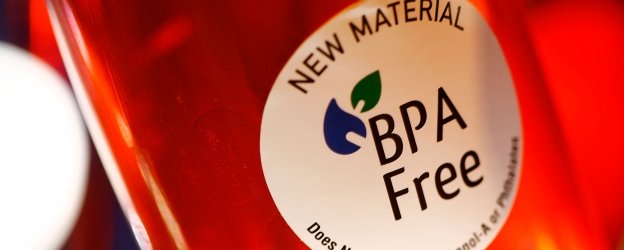BPA Affecting Us at Much Lower Doses Than Previously Thought
22nd November 2013

Bisphenol A (BPA) is a known “endocrine (hormone) disruptor” that hijacks the normal responses of hormones and is thought to play a role in hormone related cancers and other conditions such as polycystic ovarian syndrome and decreased fertility. Yet, traditional toxicology studies indicate that only very high doses of this chemical affect exposed animals – doses as high as 50 mg/kg/day. For the past decade however, scientists have used modern scientific techniques to probe the effects of BPA on numerous endpoints that were not examined in those traditional toxicology studies. Examining these non-traditional endpoints reveals a very different story and because of increased understanding of the mechanisms by which hormones and chemicals that mimic hormones work, it has recently become clear that endocrine disruptors need to be studied at much lower doses.
As a consequence of this new understanding, a group of scientists that study endocrine disruption worked together to update and refine a 2007 review of the low dose effects of BPA. The group not only added hundreds of more recent studies, but they also used an integrative biological approach to scrutinize low dose effects of BPA at multiple levels of biological organisation: on cells, animals and human populations.
The findings are striking. When looking at the “low dose” literature as a whole, reproducible effects were seen in animals after exposure to incredibly low doses of BPA. In fact, effective doses were ten to forty times lower than the doses identified in traditional toxicology studies. Several dozen “low dose” studies show effects of BPA at doses that humans are thought to encounter in their everyday lives.
These scientists detail in their review the effects of BPA exposure and how it contributes to a large range of health problems in humans, such as polycystic ovarian syndrome, immune response to allergens, behavioral problems and decreased fertility. The effects on wildlife are also widespread.
With the knowledge that such tiny amounts of BPA can have such far-reaching implications for humans and wildlife, the scientists call for stricter regulations of this chemical and other known endocrine disruptors.
Vandenberg L et al., Low dose effects of bisphenol A: An integrated review of in vitro, laboratory animal, and epidemiology studies. Endocrine Disruptors, 2013; 1 (1) DOI: 10.4161/endo.26490
Categories: Hormonal Health, Children's Health